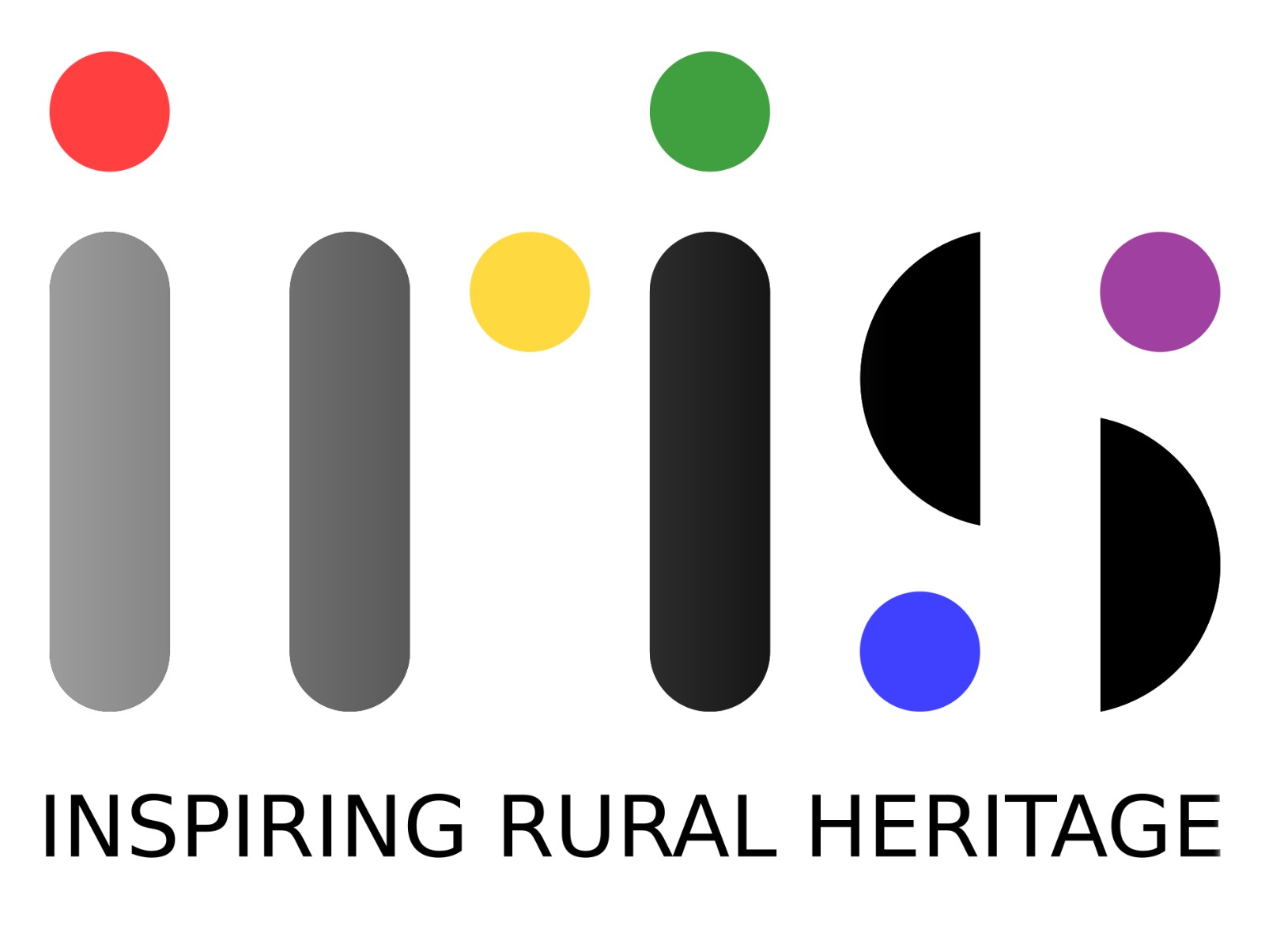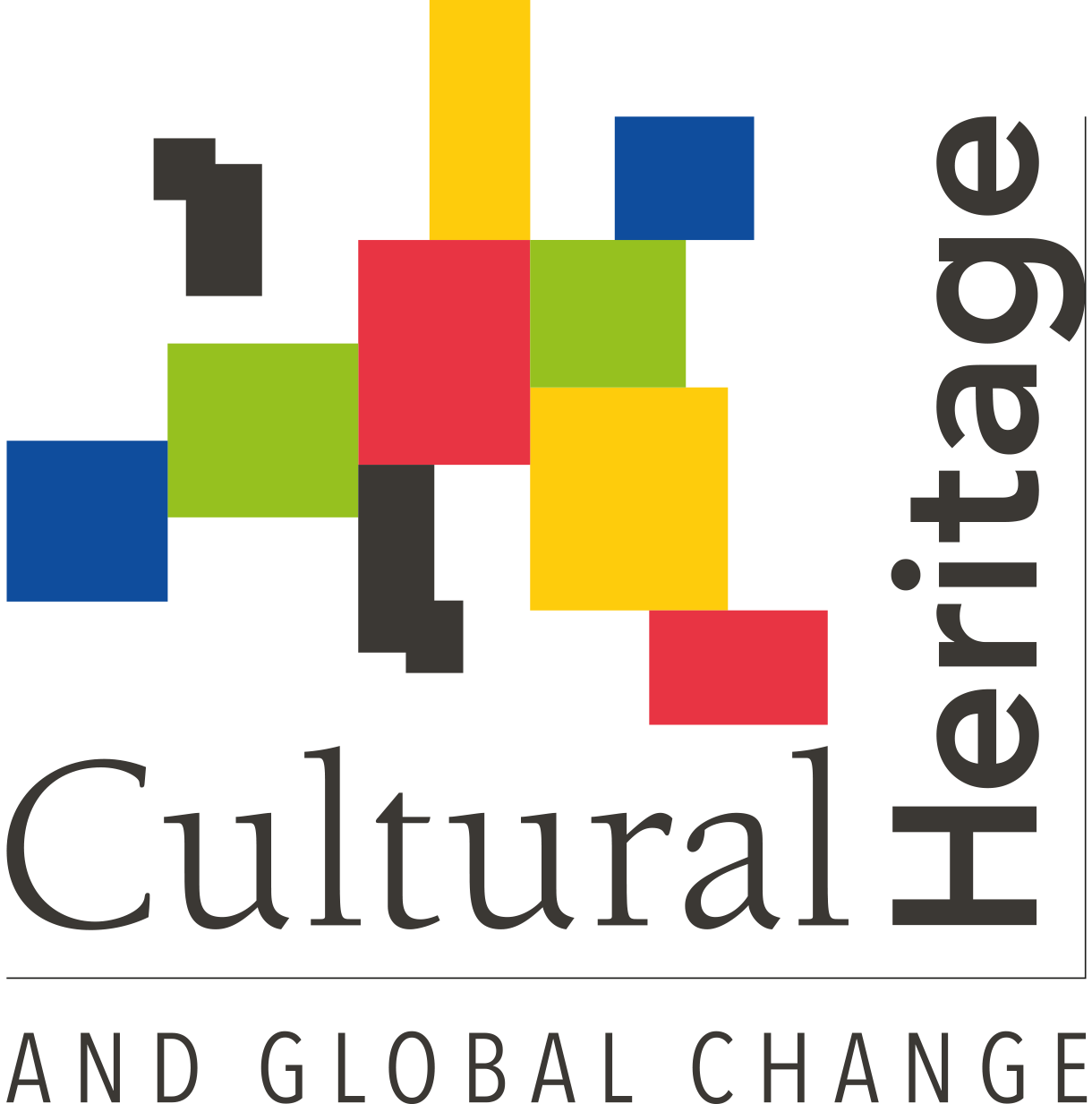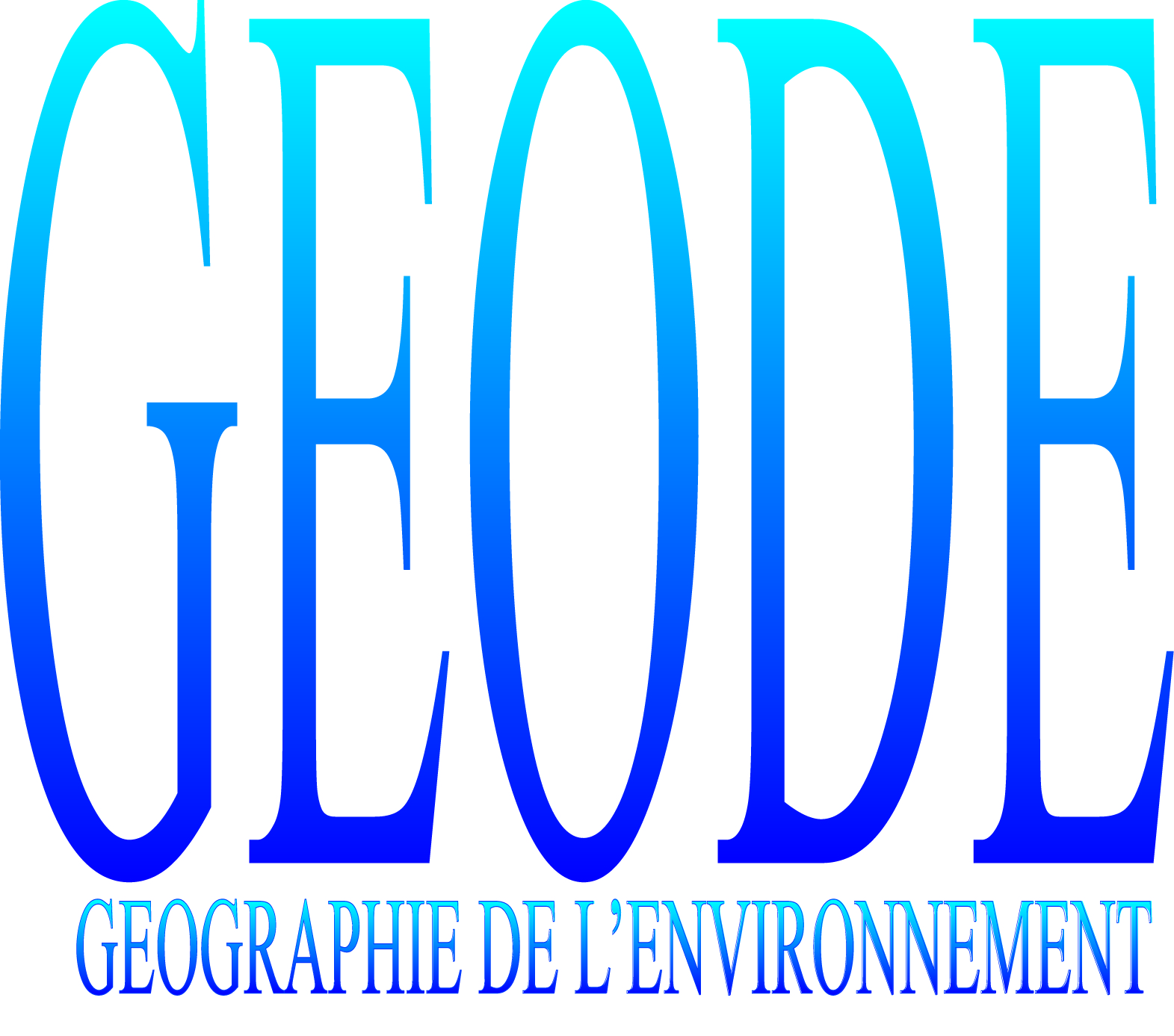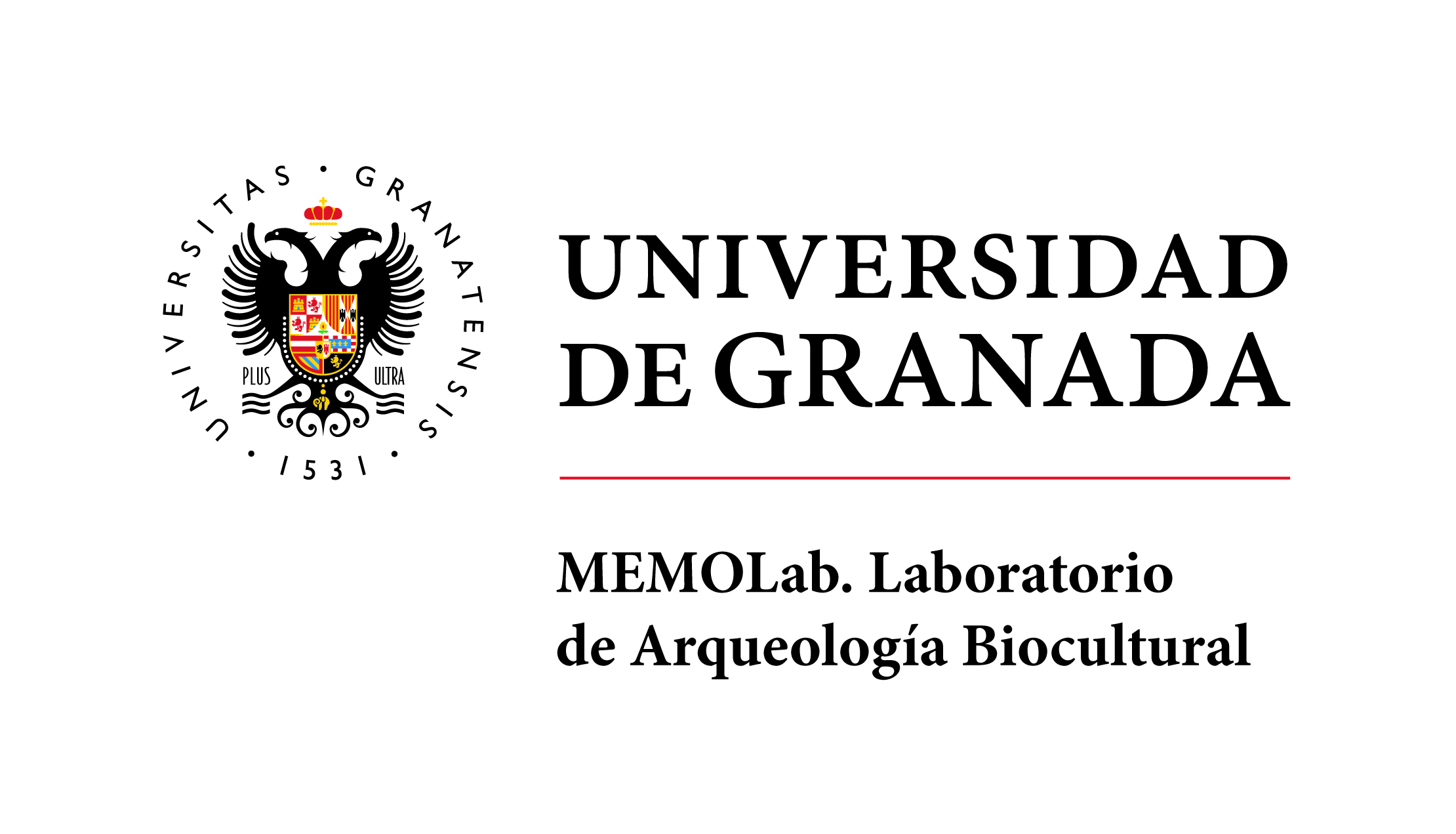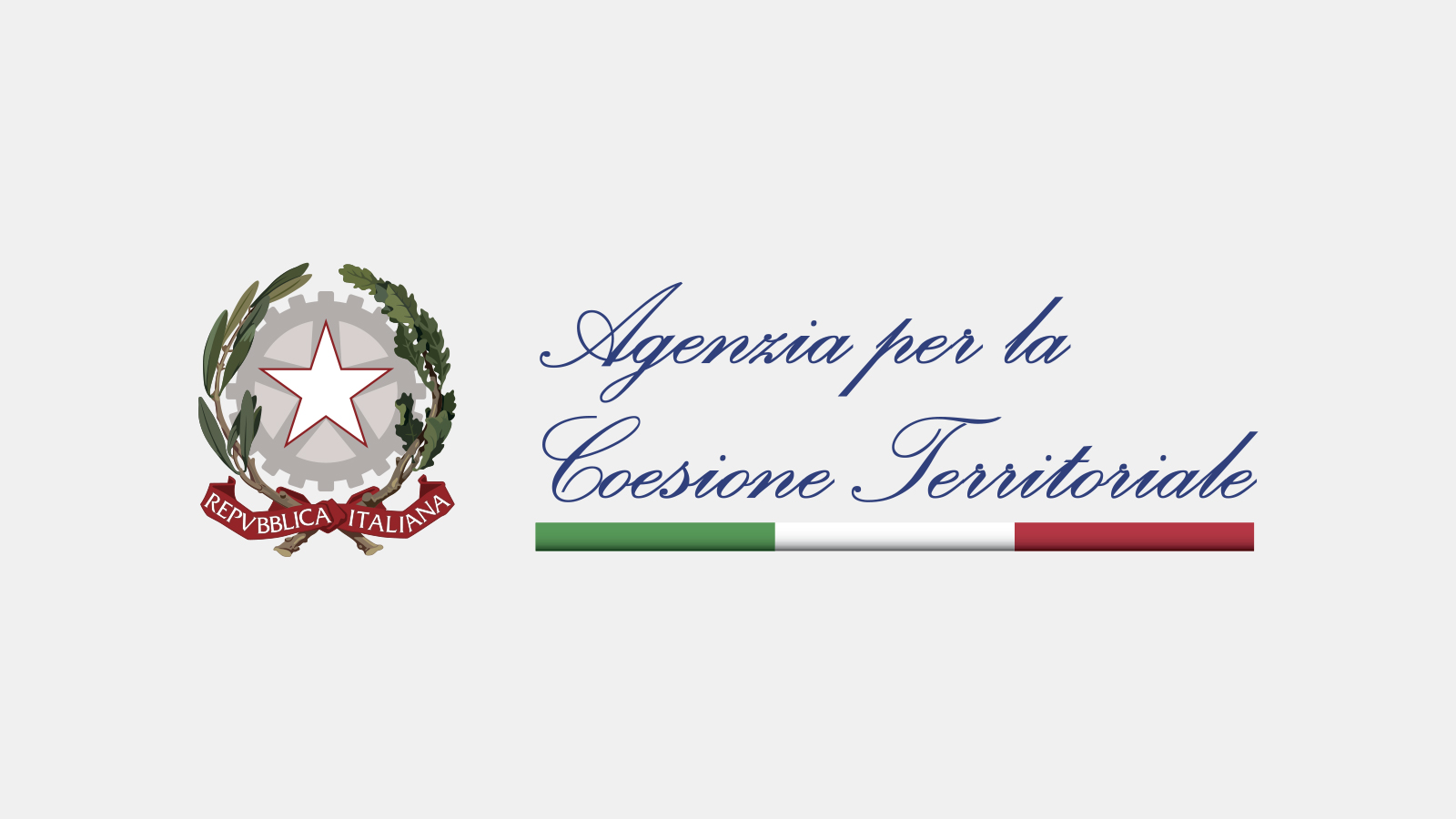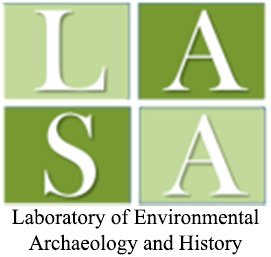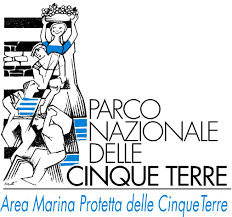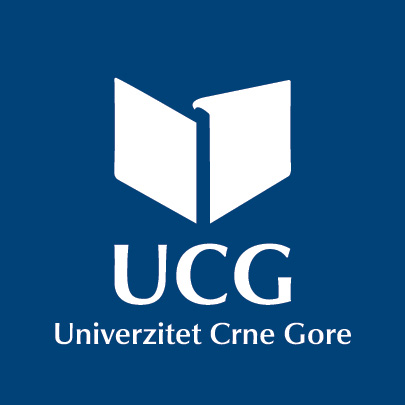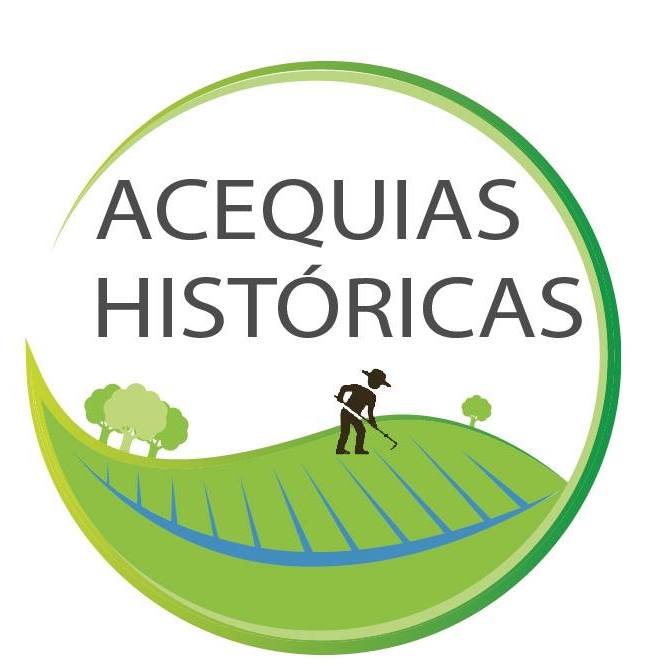
VIRTUAL EXHIBITION
IRIS is an international collaborative project which supports the sustainable use and development of rural landscapes, incorporating all four pillars of sustainability – cultural, social, economic and environmental.
Marginal and forgotten upland territories are the heart of this exhibition. For millennia, these territories have been the cradles of cultures and economies which developed intensely and in healthy balance with the nature they depended on, and many are still resisting today in spite of impending menaces such as depopulation, abandonment, the loss of traditional skills, land-use change driven by the detrimental planning decisions and global economic trends. They persist now thanks to the endurance of local communities and benefit society at large through their culture and know-how, constituting a powerful example for the future.
The IRIS Project originated as an ally of upland territories and aims to advance their understanding, protection, use and promotion. The project researches and develops a ‘living rural heritage’ approach to conservation, promoting the concept of ‘protection through use’ of upland environments and adjacent rural areas. Through intensive and participatory research at a European level and knowledge exchange, IRIS:
- Demonstrates how knowledge of historical processes and land usepractices can support the conservation and sustainable development of upland landscapes;
- Defines a ‘living rural heritage’ approach to conservation and best practices through which local stakeholders can embed their cultural values, local expertise and traditions;
- Supports collaboration among local institutions and communities, and effective and diverse participation in the observation, protection, sustainable development and use of upland landscapes;
- Provides local, national and European policy-makers with new tools that will enable them to take into account the historical dimension of rural places, and implement a ‘living rural heritage’ approach to decision-making;
- Creates a new research framework that advances knowledge of upland cultural heritage and its wider social and environmental values and benefits;
- Communicates and disseminates our research results at local, national, European and wider international levels.
